Harold Davis's Blog, page 69
June 6, 2019
Paris in the Spring (April 24-May 2, 2021)
Please click here for itinerary details, and click here for the Reservation Form! We look forward to exploring Paris with you. An early-bird registration discount applies.
There’s nothing like photographing Paris in the spring! Let’s spend some glorious days together in April and May of 2021 making photos in Paris, and having a great time.
Photography begins with the medium of light, which the artist captures and applies to the canvas in endlessly surprising ways. And what better place to explore this medium than Paris, the City of Light?
Join acclaimed photographer Harold Davis and co-host Mark Brokering for the experience of a lifetime in Paris, the birthplace of photography. There you’ll have the opportunity to experience firsthand the places and sights that have inspired artists for centuries.
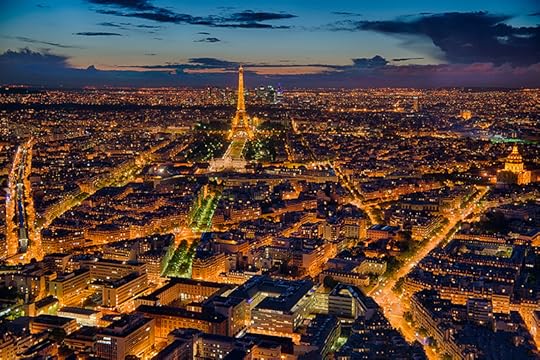
Paris Sunset © Harold Davis
We’ll focus our lenses on Paris in bloom, Paris at night, and Paris in black & white, reinterpreting for ourselves some of the images that have been captured in paint and on film by many great artists, including Daguerre, Monet, Atget, Picasso, and Erwitt. We’ll have a grand time photographing and we’ll return home with many priceless shots to treasure!
Photo tour includes an excursion to Monet’s famous gardens at Giverny, with what is always one of the highlights for any photographer: exclusive after-hours artist access to the gardens and lily pond area.
Harold’s photographs of Paris have appeared in books, exhibitions, and been published worldwide on travel sites.
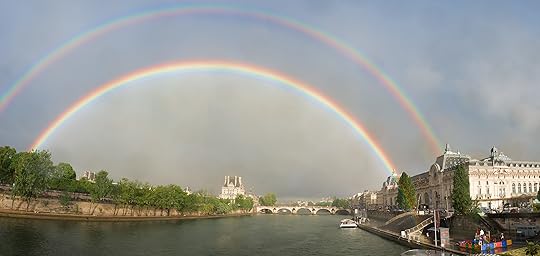
Double Rainbow over Paris © Harold Davis
Here’s what some participants in past Photograph Paris with Harold Davis Workshops had to say:

Eiffel Tower from Sacré Coeur © Harold Davis
“Had an awesome time with Harold and the workshop participants. Itching to go back. If you’re a photographer, Paris at night is a ‘Must Do!’. Put it on your bucket list ‘cause you may not see this in Heaven.”
“Photographing Paris at night in the company of a group of fellow photographers had instant appeal. Inspired by the scenes of Brassai, I imagined myself at the top of the steps at Montmartre, taking wonderful black-and-white images. I already admired Harold Davis, and had confidence that he would lead us to fantastic places – and he did! What came as a delightful surprise was the level of talent and variety of approaches that my fellow travelers employed to capture the marvelous churches, gardens, and people of Paris, Giverny, and Fontainebleau. I learned from every one of them. And what an agreeable group of travel companions they were! A once-in-a-lifetime experience that I plan to repeat next spring!”
“Harold has great skill, without the ego of most master photographers. Travel arrangements were perfect.”
“One thing I really liked about the photo tour that Harold set up is that we had plenty of time to photograph in the best locations, and really prioritized when the light would be good.”
Please click here for itinerary details, and click here for the Reservation Form! We look forward to exploring Paris with you. An early-bird registration discount applies.

June 5, 2019
Our Lady of Chartres
I recently was privileged to visit Chartres Cathedral with my group of Paris photographers. The upper two images were made inside Our Lady of Chartres with a fisheye lens and the camera on a tripod. You can see that the inside has been cleaned and looks almost new. On my previous visit, in 2013, some parts had been cleaned but the ceiling was untouched, and scaffolding was still up for cleaning and restoring the rest (as shown in the bottom image).

Our Lady of Chartres (color) © Harold Davis
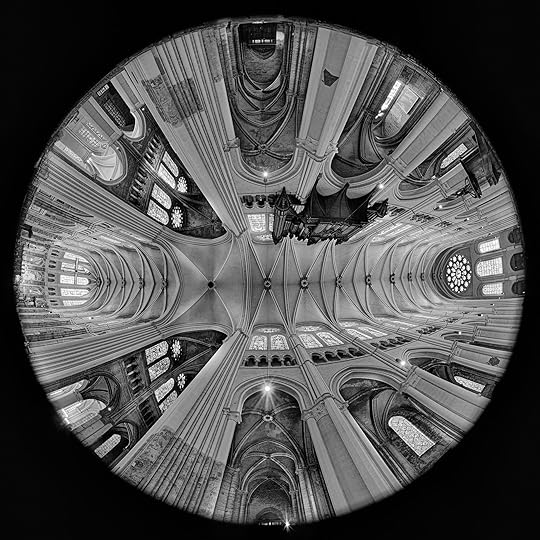
Our Lady of Chartres (b&w) © Harold Davis
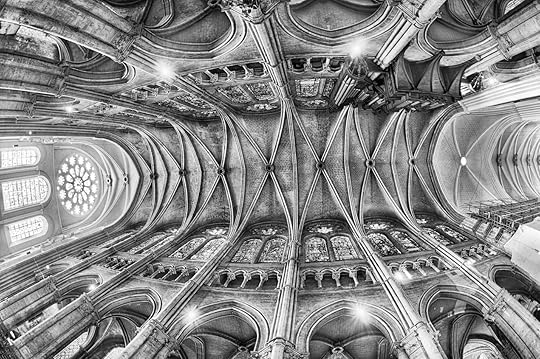
Chartres (2013) © Harold Davis
Click here for the blog story from my 2013 visit to Chartres.

June 4, 2019
Lost in the folds of a rose
It’s easy for me to get lost in the folds of a rose. Each petal is a curve and a valley, and a landscape of pleasure. Why go anywhere else besides the country of the rose? Roses from this bush in our garden smell at least as good as good as they look. Here’s to getting lost in the folds of a rose!

Old-Fashioned Rose © Harold Davis

June 3, 2019
Baby’s Breath
I brought home some flowers, and arranged them into bouquets. A small sprig of Baby’s Breath (Gyposphila) broke off, and I put it in a little glass jar. The stem looked almost like a bonsai in the water, and I photographed the stem and flowers on a light box, using a macro light to fill in the white cloud of flowers.

Baby’s-Breath © Harold Davis

May 31, 2019
Tokyo here we come
I’m organizing a photography week in Tokyo for next year. As part of my research and planning for this destination photo workshop I pulled some photos from my files that I haven’t posted before.

Masks on a Tokyo Street © Harold Davis

Temple Grounds, Tokyo © Harold Davis
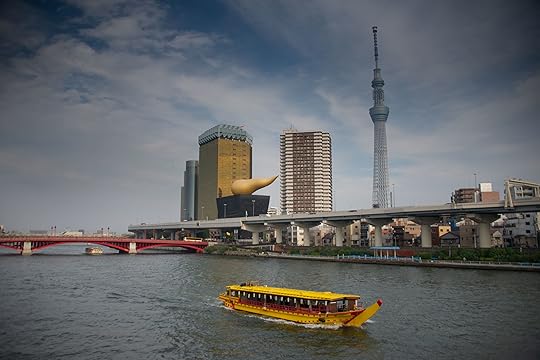
Tokyo Harbor © Harold Davis
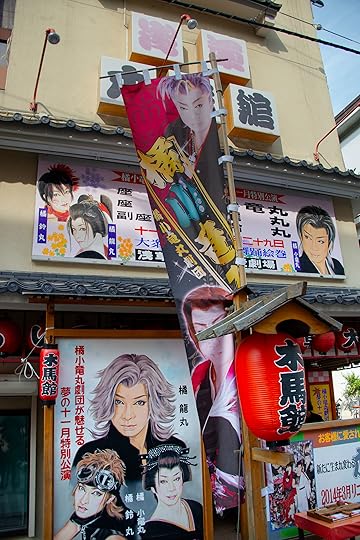
Tokyo Street © Harold Davis

May 28, 2019
Garden Photography Workshop – Capturing the Great Gardens of Maine

Flowers at Giverny © Harold Davis
I’ll be teaching a week long course in garden photography at Maine Media Workshops in Rockport, Maine again this year. The dates are August 11-17, 2019. Click here for a full workshop description, and for registration.
I’m very excited to add some new, private gardens with exclusive access to this curriculum. Besides field photography of gardens, the workshop will cover a variety of studio and post-production techniques related to flower photography (see the detailed description here).
Please consider joining me for a glorious week of Maine, photographing gardens, and flowers!
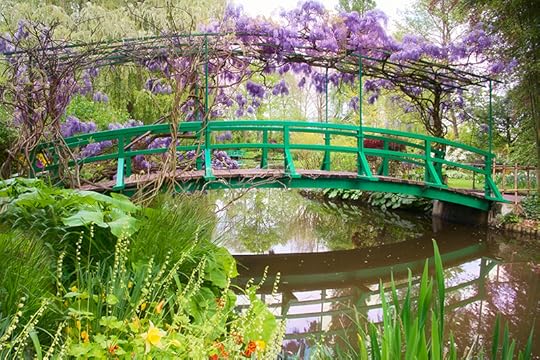
Giverny © Harold Davis
The agenda of this workshop includes plentiful field sessions in a variety of kinds of gardens accessible to Maine Media Workshops & College in Rockport on the mid-coast of Maine. August is a great time of year for flowers in bloom along the Maine coast! Classroom sessions will focus on specific areas of technique, and also the theory and practice of garden design in the context of photography, as well as working with individual participants to develop a cohesive and personal body of work. Click here for a full workshop description, and for registration.

Salutation to the Sun © Harold Davis

May 26, 2019
Redone in an edit for a client
I reprocessed these two images as part of an edit for a longstanding client of mine. The upper image in panorama format is of a sunrise in the Carpathian Mountains (click here to see the image larger). The lower image is a black and white rendition of the Pont Neuf in Toulouse, France (which, of course, isn’t really very “new” at all).

Distant Sunrise Pano © Harold Davis

Pont Neuf, Toulouse © Harold Davis

May 24, 2019
Last Chance for Morocco Destination Photo Workshop (Oct 2019)
This is a last call for reservations for my destination photography workshop to Morocco in October. I’ve had a great deal of interest in this photo tour, but only a few confirmed reservations. We need four additional confirmed reservations (completed Reservation Form and deposit check) by June 15 to run the trip. Please let me know right away if you’d like bring your camera and come with me to Morocco. Please note that I do not expect to run this destination photo tour again, so this will be your only opportunity to visit Northern Morocco with your camera and me.
Please take a look at the detailed itinerary (PDF download). I’ve been to Morocco several times, and personally designed this tour for photography. A major, highly-respected travel company will be handling the logistics and helping to guide us. The group will be quite small, and the trip is very fairly priced at $3,200 per person for twelve days.
We will meet in Casablanca, and begin with a festive welcome dinner at Rick’s Café, a fabulous recreation of the café from the film Casablanca. I am particularly pleased that the tour schedule I have designed includes plenty of time for photography in the labyrinthine medieval city of Fes and in Chefchaouen, the “blue city” in the stunning Rif Mountains. The group activity ends in Marrakech. Rather than trying to everything in Morocco into a single rushed package, this tour explore Morocco between the Atlas Mountains and the Atlantic Ocean, with a possible follow-on tour the following year of the trans-Atlas Saharan parts of Morocco.
Click here for the itinerary PDF, and here for the Reservation Form.
When: October 19-30, 2019 (12 Days and 11 Nights).
Group Size: This will be a small group of photographers so we can travel with agility, get to know each other well, and so there will be time for individual attention. The maximum group size is twelve photographers.
Cost: $3,200 per person. The single supplement is $450.
Logistics: Intrepid Travel
This is a small, and very well-priced photography group tour of Northern Morocco. Click here for the complete itinerary PDF, and here for the Reservation Form.
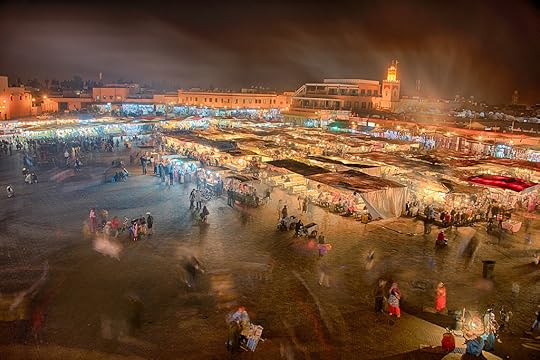
Jemaa-al-Fna, Marrakech © Harold Davis

May 23, 2019
Creative Black and White 2nd Edition eBook Now Available
We’re very excited about the second edition of Creative Black & White. The eBook is now available for purchase and download (the actual “book book” will follow in a month or two). Creative Black & White has been revised, substantially expanded, and brought up to date. You can buy the eBook now from Amazon or directly from the publisher. I’ve added entire sections, substantially enlarged the book, and most of the photos are new. Every photo includes information about how it was made, both from a technical perspective, and also the story about my thinking behind the image.
As I note in the Preface to this Second Edition, “Of course, I was flattered to be asked to write this revised and expanded second edition of Creative Black & White. One of the goals of this new edition is to bring the tools and techniques explained in this book up to date. This is particularly important in the realm of Lightroom and Photoshop software, and with the plug-ins that are a necessary extension of the Adobe ecosystem.
“Beyond keeping current, I want to help you become a better and more creative photographer, whatever your interest level or toolset may be.”
It’s been great fun updating this book, making a good book even better, refreshing the images, and bringing the software explanations up to date. I hope my new book proves to be inspiring and useful to you!
Click here to buy the eBook now from Amazon and click here to buy it directly from the publisher.

Home, Peonies, and Irises
I’ve been traveling a month and a day—with x-ray photography, a lovely group in Paris (the after-hours session in Monet’s garden at Giverny was probably my favorite part), and a trek on the Camino Portuguese. How great to come home to family, and a house filled with flowers for me to photograph!

Sunset at Sea © Harold Davis
Somehow my adventures of the past month feel like a dream, but also it feels like a dream to be here now. Which is a dream, and which is real life?

Peonies and Irises on White © Harold Davis

Peonies and Irises on Black © Harold Davis






